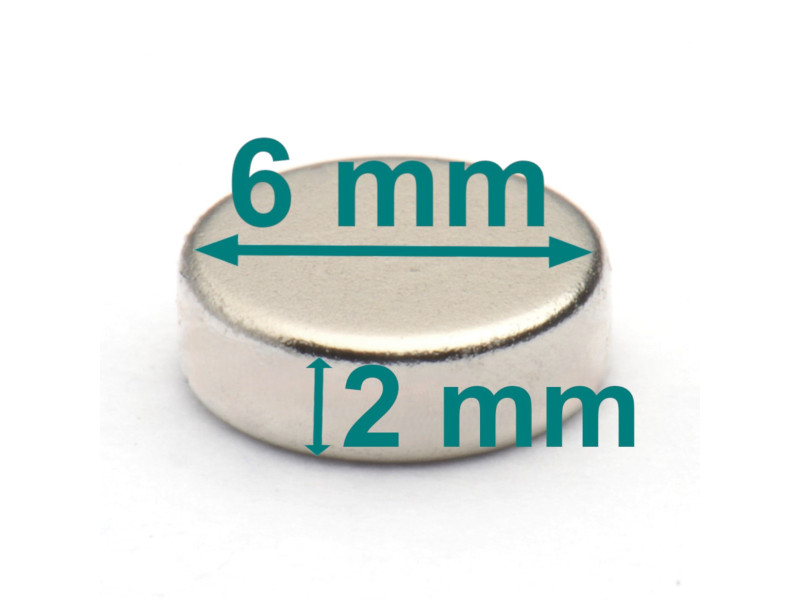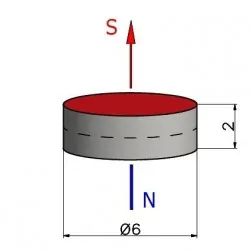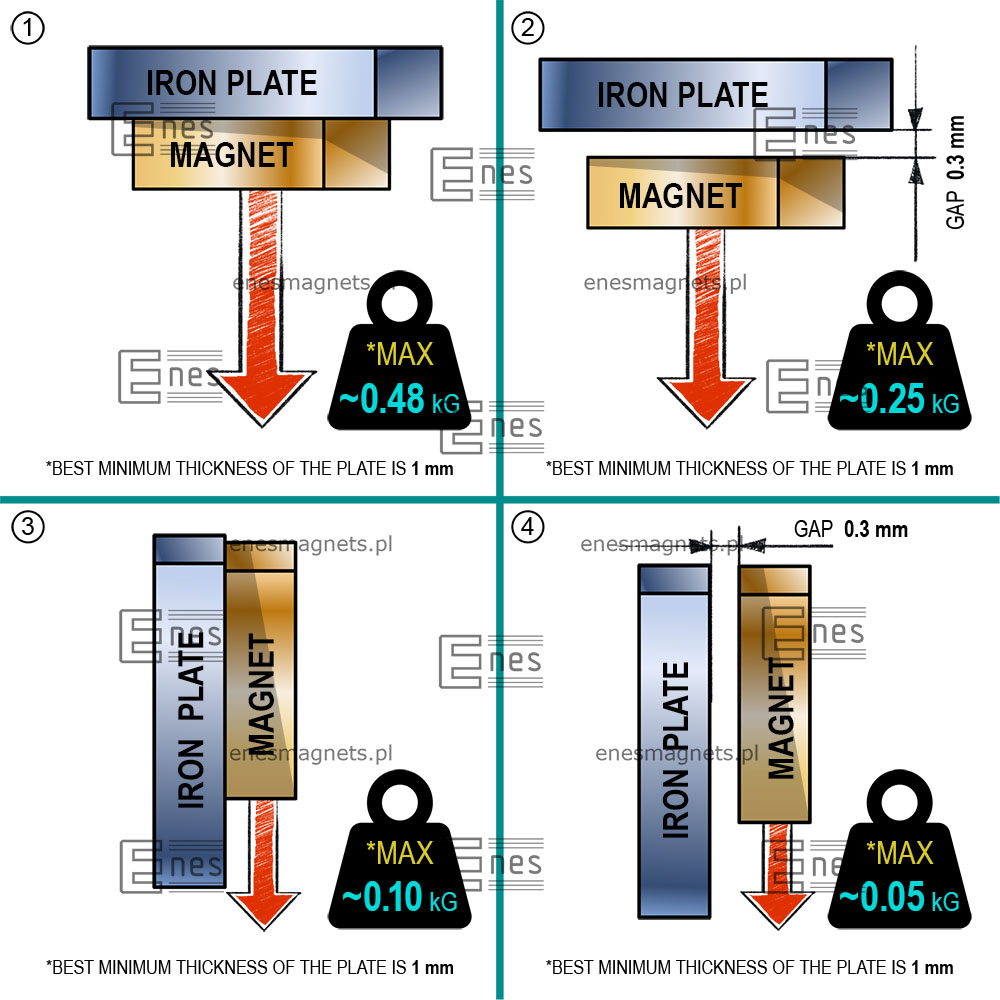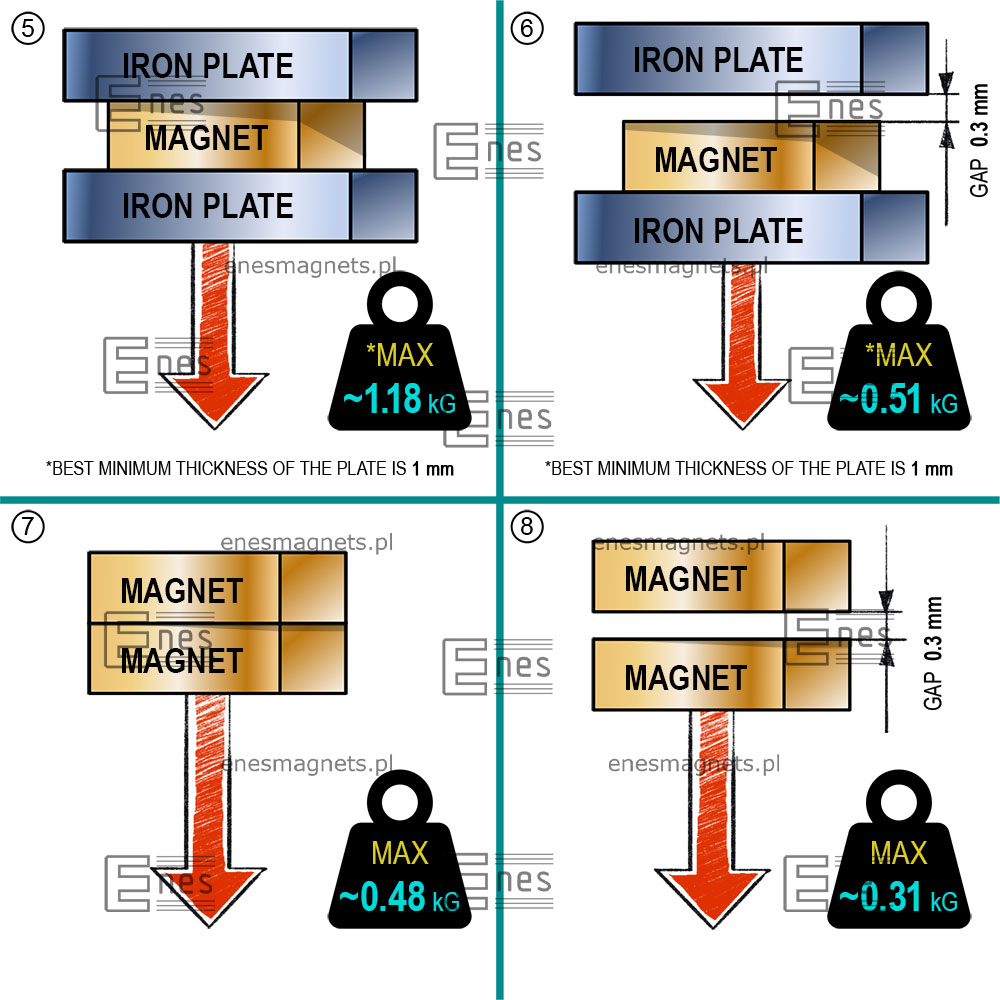











Polityka bezpieczeństwa (edytuj za pomocą modułu „Bezpieczeństwo klienta”)

Zasady dostawy (edytuj za pomocą modułu „Bezpieczeństwo klienta”)

Zasady zwrotu (edytuj za pomocą modułu „Bezpieczeństwo klienta”)
remanence Br |
~1,17 [T] |
coercivity HcB |
min. 867 [kA/m] |
coercivity HcJ |
min. 955 [kA/m] |
| The magnetic properties of the material are not identical for every magnet. The measurement results for different magnets will vary due to the inherent heterogeneity of the magnetic material and the measurement tolerances of the measuring device. |
Density |
~7,5 [g/cm3] |
Vickers’ hardness (HV) |
~600 [kg/mm2] |
Resistivity |
~144 [uOhm x cm] |
If you require neodymium magnets manufactured to strict specifications, please send us your enquiry along with your requirements.


.jpg)
This tiny disc magnet is a neodymium magnet. Every neodymium magnet is a rare earth magnet.
Rare earth magnets contain at least some of the metals known as rare earth elements. These elements include scandium, yttrium, lanthanum, cerium, praseodymium, neodymium, promethium, samarium, europium, gadolinium, terbium, dysprosium, holmium, erbium, thulium, ytterbium and lutetium. The most well-known of these elements for any magnetism enthusiast is, of course, neodymium, as is samarium, which is used to produce SmCo magnets. It is generally believed that rare earth metals occur in small quantities in the earth's crust. In fact, there are quite a lot of them, but because their deposits are generally scattered and rare, and therefore not suitable for profitable industrial mining, they have been labelled ‘rare earth elements’.